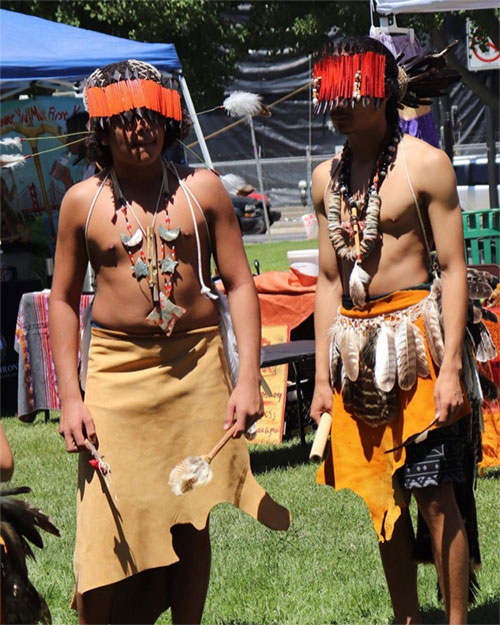How Primitive Were the First Americans?
How Primitive Were the First Americans? November 2023

Popular mythology can be dangerous. Firstly, because it is “popular”, it is known by a huge number of people, most of whom think that what they have been told about Native Americans is true. The second is that mythology means beliefs based on hearsay with cultural biases, not facts. In other words, mythology means the perpetuation of misinformation and stereotypes. One of the most wide-spread of these is the host of misconceptions about the history of the Native American people which depict them as semi-savage primitives who wandered across the continent scrabbling a living off the land and eating a hand-to-mouth existence.
They Were Far from Primitive
The reality is different. The word “primitive” may no longer be used to describe the lifeways of aborignal people, but the image remains firmly embedded in the national psyche. The early inhabitants of North America were not small bands of marauding blood-thirsty savages, living off the land and just barely managing to survive. Based upon the research of many Native and non-Native scholars, the reverse is the case. Early Native American societies were sophisticated, rich in the values they held and diverse in their ways of life.
Approximately 30,000 years ago, the Paleo-Indians who were the ancestors of the Native Americans, crossed into North America via the land bridge that crossed the present-day Bering Strait. Evidence supports the belief that they followed the huge migrating herds from Siberia in search of these game animals. They traveled with their families, domesticated dogs and their tools to build shelters, hunt and harvest. These are not the traits of primitive savages, but rather represents the coaleascence of people making collective decisions through social organization, religious beliefs, marriage alliances, hunting and harvesting, thus creating the foundations of formative complex soicieties.
Before the European Arrival
During the millennia between their arrival in North America and the advent of the European colonial invasions, Native American Tribes and Nations developed complex and inventive societies with creative cultures. They developed farming techniques, domesticated the new wildlife they found, built large settlements, used dyes, medicines, and textiles, developed complex social and leadership conventions, and evolved sophisticated systems of religious beliefs. Not only did these Native societies adapt to the new land, they thrived and even reshaped the natural environment to meet their needs.
It is estimated that in 1492, when Columbus arrived, there were about 2000 distinct languages spoken in North America. This linguistic variety was far more than any other similarly sized part of the world at that time.
The Natives did fight amongst themselves, but only when their livelihood or culture was in danger. The civilized Tribes of North America did not need “weapons of mass destruction”.
The Challenge Today
Now that the true picture of Native American life before the Europeans’ arrival is finally beginning to emerge, steps are being taken to address the myths and misconceptions of what the Native Americans were like and how they lived. It is not a simple or easy task, as is seen by the challenges in re-establishing Muwekma Ohlone tribal rights as a federally recognized tribe with all of the legal priveleges practiced by other recognized tribes. However, it is the single-most goal that the Muwekma, along with the hundreds of other disenfranchised historic tribes, is passionate about. They all know that a strong future cannot be built on the deceptions of the past and the “gross negligence” and “crass indifference” practiced by presnt-day politicians and Bureau of Indian Affairs bureaucrats..
For Future Reading please see: